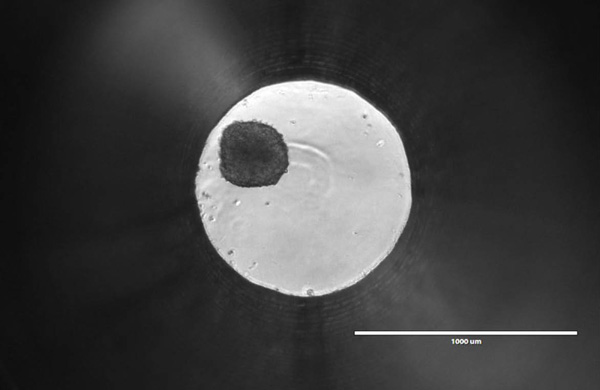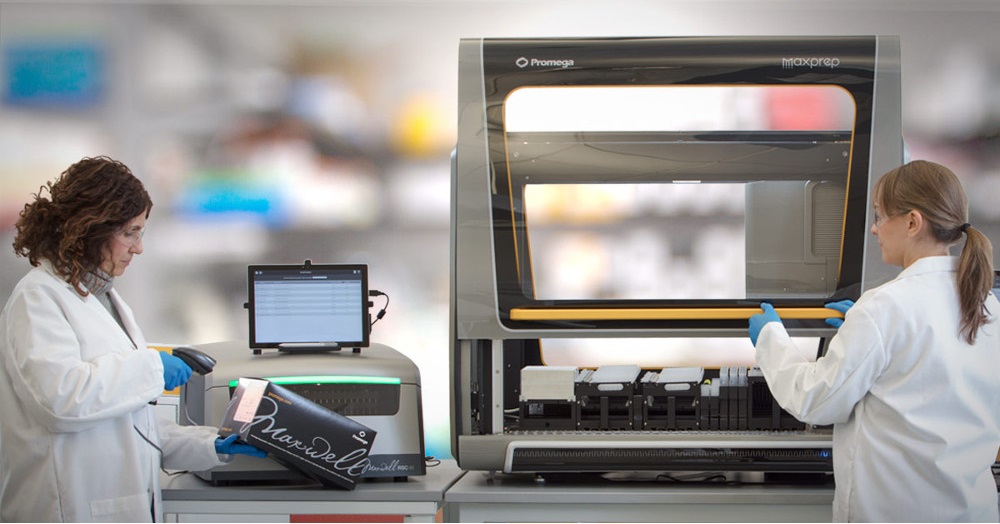Traditionally, scientists have relied on flat, two-dimensional cell cultures grown on substrates such as tissue culture polystyrene (TCPS) to study cellular physiology. These models are simple and cost-effective to culture and process. Within the last decade, however, three-dimensional (3D) cell cultures have become increasingly popular because they are more physiologically relevant and better represent in vivo conditions.

Most cells naturally exist in complex 3D structures with different cell types within an extracellular matrix. The numerous cell-cell and cell-matrix interactions all have a profound effect on their behavior, morphology, metabolism, and physiology. Non-uniform access to nutrients and oxygen is another feature of 3D cell culture that more accurately mimics natural cellular microenvironments. For example, 3D tumor spheroids are much more representative of in vivo tumors, in which inner cells have less access to nutrients and oxygen compared to the outer layer, forming a natural gradient.
As researchers increasingly turn to using 3D cell culture, the need for assays and protocols developed specifically for these systems is growing. One of the challenges of 3D cell culture can be purification of DNA from 3D cell spheroids. Especially with more densely packed cell types, standard lysis reagents often will be unable to reach cells on the interior of the spheroid. Because each cell within the spheroid is in its own distinct microenvironment, and thus has its own distinct genetic expression profile, missing out on these cells means that you are missing unique data from those cell populations.
While the whole point of using 3D cell culture is to have non-homogeneous cell populations to study in more realistic environments, the goal of any downstream workflow using those cells is to have consistency, accuracy and reproducibility. Maxwell® Instruments are perfect for a high-throughput workflow and can help you achieve fast, reliable DNA purification, even from challenging samples like 3D cell cultures. Maxwell® Instruments work with any automated liquid handler platform, and can be used to purify DNA or RNA at any scale.

Are you interested in purifying nucleic acid from 3D cell cultures? Read this application note to learn more about how to get DNA at sufficient concentrations from even low cell densities.
Want to know more about how the Maxwell® RSC can give you the freedom to focus on the work that interests you the most? To learn more, click here.
Latest posts by Julia Nepper (see all)
- Reliable DNA Purification from 3D Cell Cultures - November 18, 2019
- WiSciFest 2019: A Retrospective - October 21, 2019
- Anti-Cancer Drugs Are Pro-Coral - August 26, 2019
